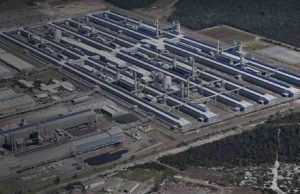Forecasts for the amount of rooftop solar PV to be installed in Australia in 2012 have been upgraded, although it will fall short of the record year in 2011, when Australia led the world in the installation of small rooftop systems.
Green Energy Markets, which tracks the rate of solar installations through the amount of renewable energy certificates produced, has upgraded its forecasts for rooftop PV in Australia to 787MW. This compares to its previous forecast of 736MW, and the 863MW installed in 2011.
The change was made after a re-assessment of the likely level systems installed in Queensland after the announcement of the reduction in Queensland’s 44 cent feed-in tariff. That announcement caused a huge rush of applications. GEM expects around 100,000 systems to be installed in that state of 2012/13 – around 37 per cent of total installations.
The company now expects 322,000 PV systems will be installed in 2012 (up from 306,000 previously), with the average system size also growing to 2.44 kW from 2.41kW (and 1.34kW in 2009). But it also suggested that the Victorian market could be headed for an imminent change in tariff, as the state is poised to break its cap of 75MW on the current 25c/kWh rate.
Interestingly, the number of solar hot water systems continues to fall, with around 80,000 expected in 2012, down 17 per cent from 2011 and just 40 per cent of the rate in 2009.
Meanwhile, the world’s three biggest solar PV markets in 2012 are expected to be Germany, the US and Japan, according to latest research by IMS. It said growth in the Chinese, Japanese and the US market would underpin a new six-month record installation of 18GW in the second half of 2012.









